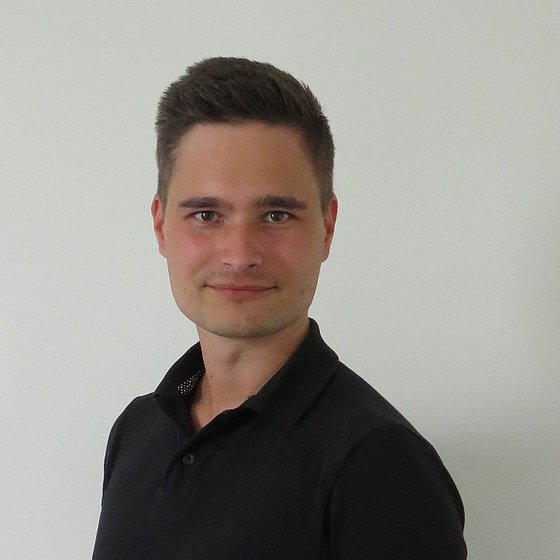Development of an optimisation procedure for crashworthiness 3D frame structures by using the Graph and Heuristik based Topology Optimisation

Occupant safety is of major importance in the development of crash-loaded vehicle structures. In order to meet legal requirements and to keep up with new challenges in the automotive industry, such as new concepts and structures, innovative methods are necessary. Certain parts of a vehicle are made of a metal specifically designed to absorb energy during a crash for the purpose of protectiong the passengers inside the vehicle. Automated optimization methods can be the answer to the increasing complexity of manufacturing process, load cases, costs, and legal requirements. Methods such as Graph and Heuristic based Topology Optimisation (GHT) can successfully generate solutions for extruded profiles, taking into account highly dynamic load cases, as required in the automotive industry. When designing crash-loaded structures, it can be challenging to account for different variables such as plasticity, large amounts of deformation, or changes in strain rate. In addition, it is important to consider contact definitions, friction, and the interaction between different components in simulations. The following dissertation presents a way to optimise three-dimensional frame structures with GHT methods. This research considers an alternative geometric representation from
profiles, which are joined together with the aim to discover new opportunities and applications. Furthermore, specific techniques and approaches, which can be used to improve the design of frame structures for crashworthiness, are shown. This includes the description of different geometric constraints and detecting geometric penetration in three-dimensional space. For practicable topology optimisation, heuristic rules derived from expert knowledge are redesigned in order to fulfil the new requirements. One of the distinctive aspects of this approach is its selective process, in which only the most promising designs are chosen for further iterations of manipulation and refinement. During the optimisation process, it is
possible to optimise both shape and size, as well as scale cross-sections. The performance of this approach is demonstrated in a series of practical application examples. This includes examining academic finite element models and checking the results in a mechanical way for their plausibility. Finally, the possibility of finding new concepts or layouts of the front of a vehicle is presented.
